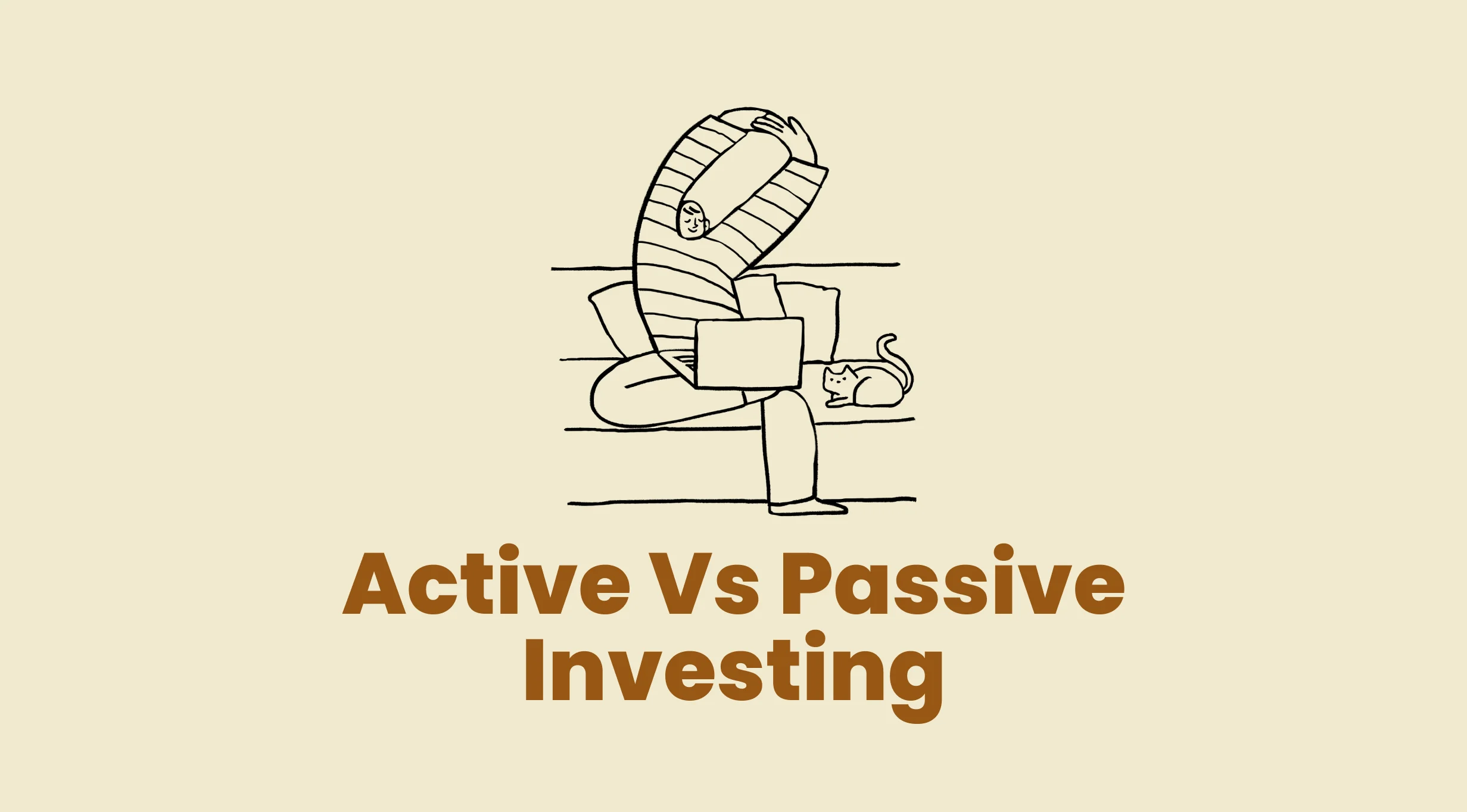In last few articles, we have covered topics ranging from the need for investing, diversification to importance of asset allocation. In this article, we look at two different styles of investing.
Investing is the process of putting aside money in a chosen asset class today, in order to get ‘more’ money in future.Even though the goal of every investing exercise is similar, i.e. to achieve higher returns, the process/style of achieving it can be different. There are two important styles of investing:
1)Active Investing
2)Passive Investing
Lets discuss these two styles in detail.
Active Investing
The whole purpose of active investing is to try and outperform the broader markets.To illustrate, you pick stocks on your own, you are investing actively. Since the idea of investing on your own is to get higher returns than broader markets, you would try to generate returns that are able to beat the returns given by broader market indicators like Sensex, Nifty 50, etc.
It requires one to analyse companies, buy and sell shares, try to time when to get in and out of the markets, among many other things.This of course is not easy and requires use of several methods, namely fundamental analysis, technical analysis, macroeconomic analysis, etc.
All these methods are used to study businesses, markets, economies and come up with an active investing strategy, which tries to give returns greater than broader markets.
Passive Investing
Passive investing is when the fund manager simply tries to replicate the portfolio of the index being tracked. So if the benchmark index for the fund manager is the Sensex, he/she will only buy shares that are components of the Sensex,that too in the same proportion as in the actual index. It is a purely replication-based approach that tries to match index returns.
There is no scope for passive fund managers to analyse businesses, sectors, economy, etc. and take their own decisions. All that has to be done is to replicate the portfolio of the chosen index, in order to replicate the performance of the index as closely as possible.
Differences
1) Active investing requires picking stocks that are best possible picks (in fund manager’s eye) to generate maximum possible returns. Passive investing doesn’t require any stock picking as the stocks are pre-selected by the index, in direct proportion to their weights in index.
2) Active investing is costlier. At an individual level, it requires a lot of buying and selling of shares, which increases brokerages/taxes that need to be paid. Even in case of an actively managed fund, the team of analysts is larger. They also need to actively buy and sell large volumes of shares, which pushes up the costs. Passive investing on other hand is very cheap as there is no requirement for research teams or for active trading of stocks. Once the stocks are bought, they are only sold when index compositions are changed.
3) Passive investing can never produce results better than average performance because it is only replicating market averages.But same is not true for actively managed funds which are trying to beat the benchmarks.
4) There is no fund manager risk in passive investing as it doesn’t involve active stock-picking by the fund manager.
5) Since passive investing is mostly about buying-and-holding shares, it generally has lesser tax liabilities due to short-term capital gains.
Which Is Better?
Both styles have their own pros and cons. In India, many actively managed funds have done better (at times way better) than passively managed index funds. So paying slightly higher expenses (fund management fees)for a better performance is not a bad idea. But then, there is always the risk of picking the wrong stocks and ending up with worse-than-average returns.
The style of investing that you choose should be in line with your financial goals and risk appetite.Many investors are comfortable doing active investing as they have the time, skill and desire to actively manage their money. For the rest, it boils down to individual choice.
Ignoring either forms of investing is ridden with risk. A suggested approach may be to mix and match both active and passive forms of investing and create a diversified portfolio.



